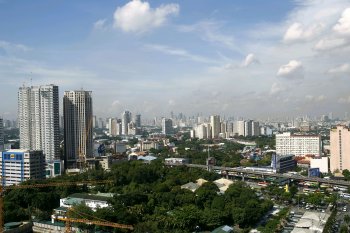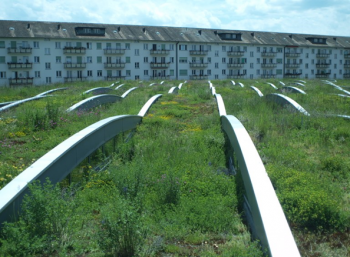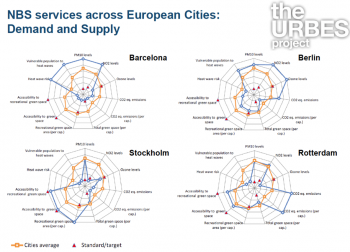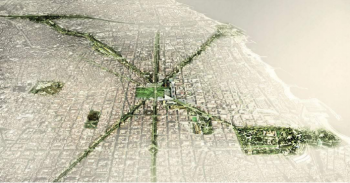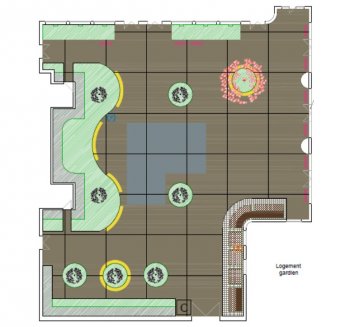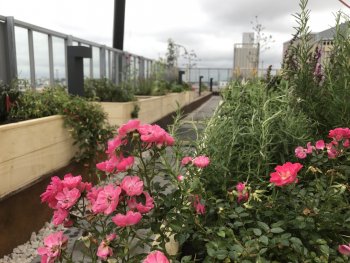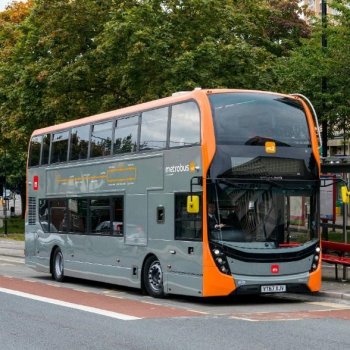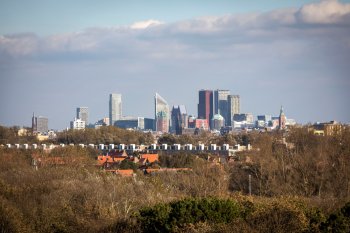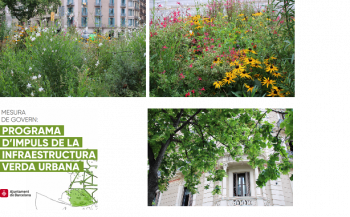Green Roof and Water Management in Philippines Government Office Building
Rapid urbanisation in the Philippines has given rise to many challenges as increasing infrastructure developments contribute to reduced open spaces and increased energy consumption.
Both the public and private construction sectors are responding by reshaping the cityscape and designing building structures that are as environmentally responsive as they are beautiful and compact. Now, buildings should not only be sturdy and spacious, they should also be efficient in energy consumption and adaptive to the changing environment.
LafargeHolcim Philippines (LafargeHolcim) has...

